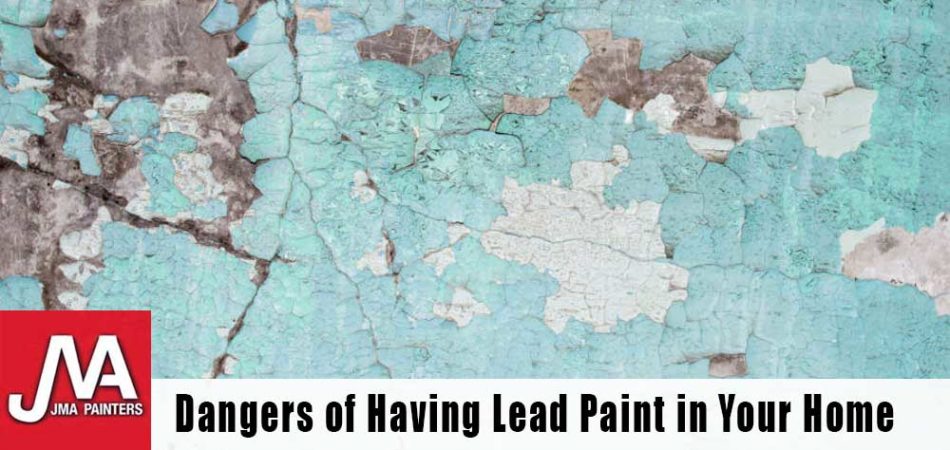
Lafayette 337-329-8445
New Orleans 504-229-2083

Lafayette 337-329-8445
New Orleans 504-229-2083

Lead Renovation, Repair and Painting (Lead RRP) is a rule for any commercial painting contractor that works with potential lead based paints in homes built before 1978. This rule was designed to protect against the dangers that can derive from lead. In 1978, the government banned the use of lead-based paints for consumer use due to the great risks lead can have on health in both children and adults. If your home or business was built before this ban, it is very likely that a lead-based paint was used.
Any commercial paint contractor who does work that could disturb lead based (or presumed lead based paint) in a home or child occupied facility will need proper EPA certifications to complete the job. Workers must also be trained and supervisors must take EPA approved training courses and follow a set list of safety requirements. JMA Painters is certified to work with Lead RRP and would be happy to answer any questions you may have about your facility renovation needs.
If your home or business contains lead based paints, a renovation could release dangerous lead paint chips and dust into the air that can contaminate your living or working space. Even the smallest amount of lead dust (oftentimes not even visible particles) from sanding, cutting, window replacement and more is enough to put your family at risk of lead poisoning. The impacts of lead poisoning and other health hazards caused by lead are more dangerous in children, but are also dangerous to adults.
Your commercial paint contractor needs to be very familiar with the work practice requirements needed to safely complete the job. A certified contractor will understand the proper precautions to take and will be skilled in minimizing dust particles, containing the dust and proper clean up after the job. Even simple things like using power tools or open flames is prohibited when working in a lead exposed environment.
Note: Commercial paint contractors that are not certified to work with home renovations that contain lead based paints and choose to do so anyway are subject to hefty fines.
While homeowners doing their own renovations are not held to the Lead RRP rule, the EPA highly recommends taking the same precautions for work environment safety. The safest route is to hire a contractor who is familiar with the Lead RRP rule and is certified to handle the job. This ensures your safety and proper disposal of materials.
If your property was built before 1978 and you are planning a renovation, it is crucial to address any potential lead hazards. JMA Painters is here to assist you with all your Lead RRP requirements. Our team of certified professionals is equipped to handle projects of any size, ensuring compliance with all EPA regulations and maintaining the highest standards of safety and cleanliness.
Don’t take chances with your health and safety. Contact JMA Painters today for a free quote and let us guide you through the process of a safe and compliant renovation. Our expertise in Lead RRP will ensure that your project is completed efficiently, safely, and to your utmost satisfaction. Reach out to us now to learn more about our services and how we can help protect your property and loved ones.